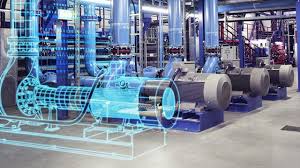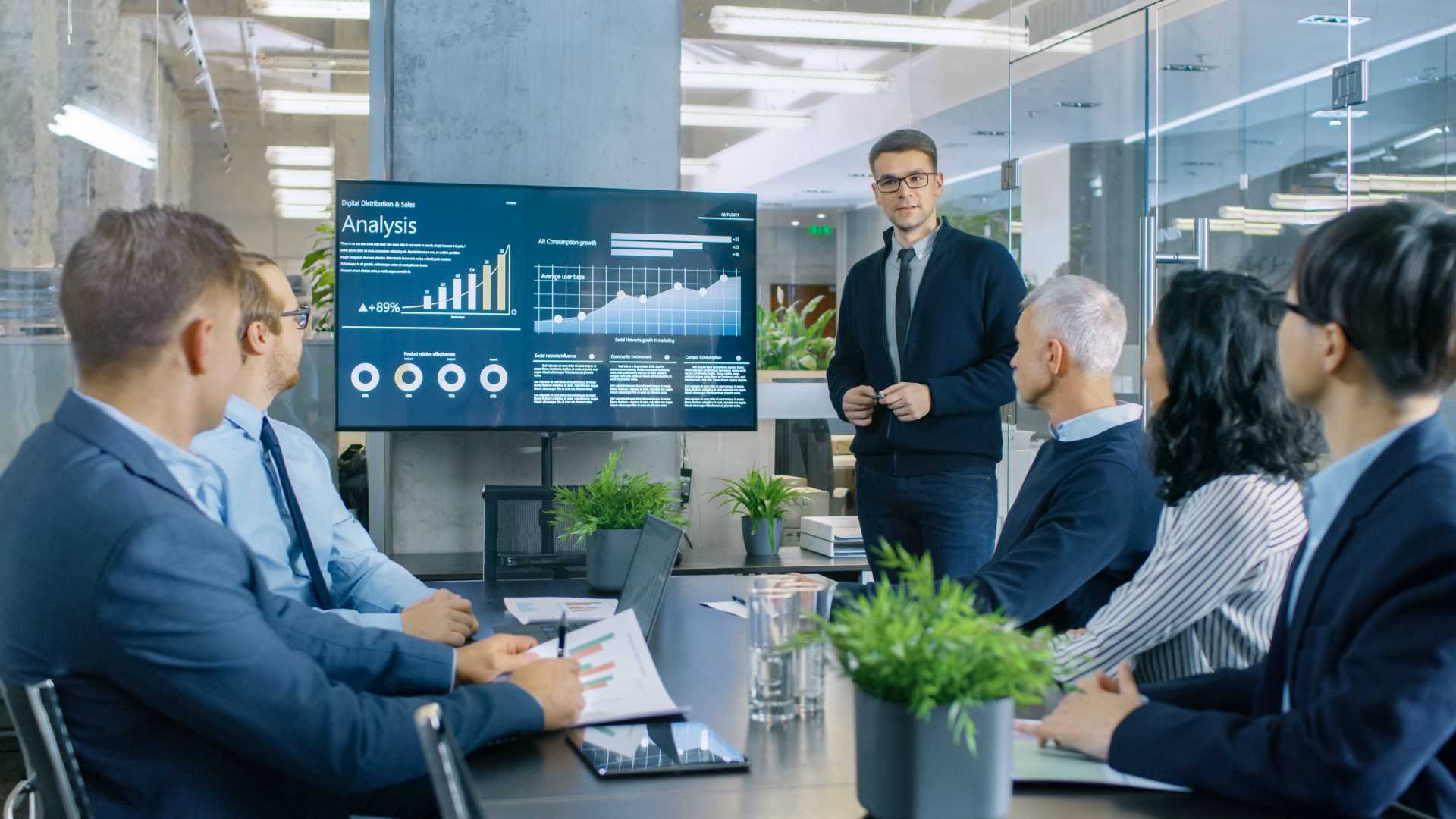Rotating Equipment

Who Can Benefit?
· Engineers
· Supervisors and technicians involved in rotating machinery operation
· Maintenance or engineering.
Course Objective:
Upon completion of the course, participants will be able to:
· recognize the different types of rotating machinery and their main applications,
· explain operating principles and key performances of these equipment,
· describe the technology of the rotating machinery and the main operating constraints.
Course Outline:
Pumps
· Different types of pumps, applications in the process industry.
· Operating principle and technology of positive displacement pumps.
· Performance curves of a centrifugal pump: head, efficiency, absorbed power, NPSH.
· Technology of centrifugal pumps, different layouts.
· Mechanical seals: different arrangements, related ancillary systems.
· Operating limits: cavitation, hammer shock, priming issues, case of 2 pumps running together.
· Start-up and operation monitoring: specific case of hot pumps, LPG pumps, vacuum pumps.
· Troubleshooting and common failures. Safety and prevention.
Reciprocating and Rotary Positive Displacement Compressor
· Different types of positive displacement compressors.
· Reciprocating compressor architecture: number of stages, cylinders, overall layout, and standard applications.
· Technology of main components and ancillaries.
· Influence of process conditions on compressor performance: suction or discharge pressure, suction temperature, gas composition.
· Flow control, specific safety devices. Start-up procedures. Troubleshooting.
Kinetic Compressor
· Description of different type of compressors: horizontal/radial split casing centrifugal compressors, axial compressors, and integrated gear compressors
· Technology of main components and ancillaries.
· Pressure increase process for a compressor stage. Performance curves, influence of suction conditions and gas composition.
· Operating window: low and high speed limits, stonewall, surge, typical anti surge protection systems.
· Flow control: throttling valve, speed variation, inlet guide vanes. Specific precautions for start-up. Troubleshooting. Safety.
Turbines
· Description of different turbines, different families, standard applications.
· Steam turbines, gas turbines, turbo-expanders.
· Operating principle, classification and technology: exhaust conditions, expansion process through the machine.
· Operation: start-up and performance monitoring. Speed control, safety devices.




